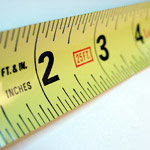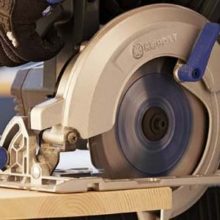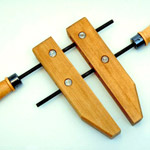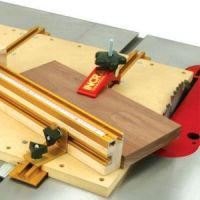Tools Used in Woodworking and Woodcrafting
Woodworking or woodcrafting can be a labor of love, but at times it can be just that: a labor. It involves activities such as cutting, drilling, carving, fitting, nailing, screwing, gluing, sanding, staining, finishing, etcetera. But a lot of the labor can be reduced (or at least enjoyed more) by using the right tools for the job.
For the most part, tools usually fit into two broad categories: hand tools and power tools (what some parts of the world would call “woodworking machines”). The choice as to when to use each relies on a variety of factors. Hand tools are usually smaller, simpler to use, and less expensive than their powered counterparts, be they electric, gas, or pneumatic. Things everyone is familiar with like a hammer, screwdriver, hand saw, and so forth fall in this group. When you need to do a relatively small, quick task, or if what you’re trying to do is intricate work, these are most often the appropriate choice.
While hand tools can be more economical than power tools, easier to store, easier to move, and so on, they can quickly become an impediment to your project if what you’re trying to do is larger. Trying to cut a huge sheet of wood with a rip saw or crosscut saw could take hours, something that would take less than a minute with a circular saw. Trying to round the edges of a board with a rasp and sandpaper would seem to take forever. A good router could knock out that task lickity-split. Sure, lugging out a big table saw, if you’re not lucky enough to have a permanent place for it to remain setup, can take a while, but you will save that time and more just by using it.
I’ll go more in-depth into each type of tool in a future posts, too avoid this being too huge of an article. Look for more coming soon on:
- Hand saws and power saws
- Hammers, nail guns, and staple guns
- Screwdrivers, drills, and drill presses
- Clamps and vices
- Files and planes
- Knives and chisels
- And many more!



